Overview: Why the Used Camera Market Matters in 2026
In this section, you'll learn how sustainability, creativity, and evolving consumer values are reshaping the global used camera market as we move deeper into 2026.

The used camera market continues to grow in 2026, buoyed by a blend of post-pandemic creativity and environmental awareness. As production costs and e-waste concerns make consumers rethink disposable technology, pre-owned cameras offer a meaningful, sustainable alternative.
Compared to early 2020s volumes, the segment now represents a significant part of total camera sales globally. Photographers rediscover classic designs, while emerging creators value budget-friendly access to professional gear.
Consider Alex, a designer who stumbled upon a used Pentax in a thrift store. That tactile click of the shutter reignited her dormant passion for black‑and‑white film photography—a reminder that used gear often carries emotional histories as powerful as its technical specs.
Key Market Trends Driving Used Camera Demand in 2026
This section breaks down the dominant formats, buyer motives, and economic shifts shaping how people buy second‑hand cameras in 2026.

DSLRs Fade, Mirrorless Rules
While DSLRs remain beloved for durability, mirrorless cameras now lead second-hand sales. Improved AF systems, compact builds, and 4K or 8K support make them perfect for hybrid creators.
Economic and Tech Cycles
Short innovation cycles from 2023–2025 have injected high-quality, lightly used gear into marketplaces. Enthusiasts upgrade frequently, keeping resale supply strong and values relatively stable compared to the 2010s.
Evolving Buyers
A typical 2026 buyer? Someone choosing a used mirrorless body instead of a new midrange DSLR—balancing creative curiosity with responsible consumption.
Pros
- Access to advanced tech at reduced environmental cost.
- Broad range of verified refurbished models available online.
Cons
- Fast innovation can limit future firmware support.
- Some buyers face uncertainty with private resales lacking inspection.
Expert Insights: Sustainability, Tech Cycles, and Value Retention
Here we explore how experts view the used camera landscape—balancing innovation pace with sustainable design and long-term value.

Industry analysts predict mid-tier models will hold steady resale value. Cameras known for rugged construction—think magnesium alloy bodies or weather-sealed compacts—perform best. As one repair technician notes, “Durability and modular design keep a camera relevant long after launch.”
Growth in refurbishment centers underscores this. Many brands publish sustainability reports highlighting reduced carbon output through extended product lifespans and improved part availability.
Comparison: Formats Popular in 2026
| Name | Best for | Key Spec | Look/Result | Usability | Notes |
|---|---|---|---|---|---|
| DSLR Classics | Learning photographers | Optical VF, long battery life | Natural tone, tactile feel | Excellent in sunlight | Low resale price, great durability |
| Mirrorless Hybrids | Vloggers & travelers | IBIS, 4K/8K recording | Crisp, cinematic image | Compact & adaptable | Leading resale demand in 2026 |
| Compact Rangefinders | Street & analog fans | Fixed lens, manual focus | Vintage character | Medium learning curve | Collectible niche |
Consumer Guide: How to Approach Buying Used Cameras in 2026
Finally, let’s turn insights into action with practical ways to assess and invest in the right second-hand gear for your needs.

Checklist: Inspect Before You Buy
- Check shutter count relative to rated life expectancy.
- Inspect sensor for dust or scratches under gentle light.
- Ensure firmware and lens mount compatibility.
- Request return window or retailer warranty when possible.
In 2026, verified refurbished gear earns special favor. Platforms specializing in used digital cameras or refurbished DSLR cameras often include inspection reports that boost buyer confidence.
Pros
- Access to high-performing gear without new-product footprint.
- Greater confidence from retailer-backed warranties.
Cons
- Limited stock of rare or discontinued models.
- Potential incompatibility with recent accessories or apps.
Imagine upgrading from a 2018 DSLR to a 2024 mirrorless body picked up used. The lighter footprint and advanced autofocus are instantly noticeable, while a slightly reduced battery life reminds you that every design choice has balance.
Quick Decision
- Budget‑minded creators: Go for pre‑owned DSLRs—rugged, affordable, and easy to repair.
- Hybrid shooters: Choose mirrorless for advanced video and future-proof flexibility.
- Collectors: Seek limited analog editions or film-compatible hybrids with cult followings.
- Eco‑driven buyers: Pick verified refurbished models supporting circular production goals.
FAQs
What trends will shape the used camera market in 2026?
Expect stronger mirrorless demand, sustainability-focused purchases, and a steady supply of near-new gear from shorter tech cycles.
Will mirrorless cameras dominate second-hand sales in 2026?
Yes. Their portability, hybrid shooting capabilities, and expanding lens systems position them as the segment leaders.
How do used camera prices change with new tech launches?
Values dip shortly after major releases but certain models—especially high-ISO performers—retain collector appeal and price stability.
Is 2026 a good year to invest in used DSLR models?
Absolutely for enthusiasts seeking robust build quality at lower prices. However, resale stability will vary by brand longevity and parts support.
Find Your Next Camera
Ready to embrace circular photography? Find your next pre-owned camera today and join the sustainable future of image‑making.
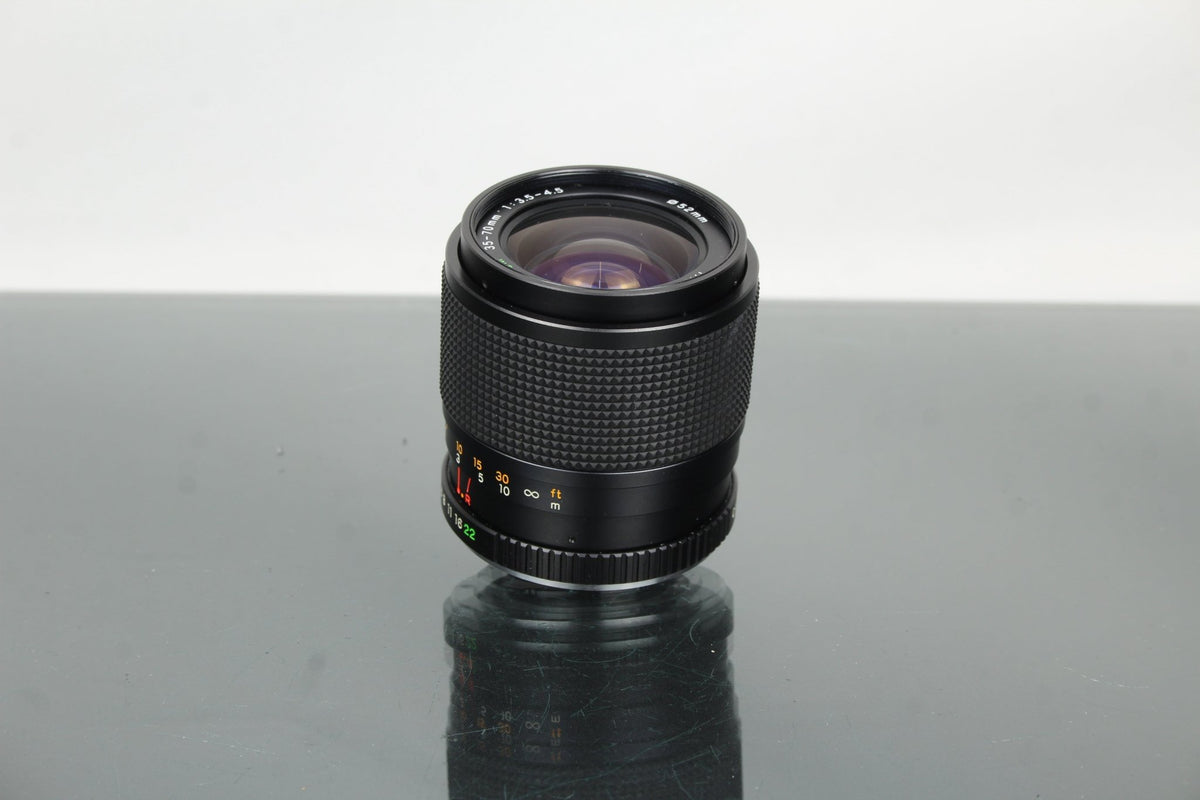
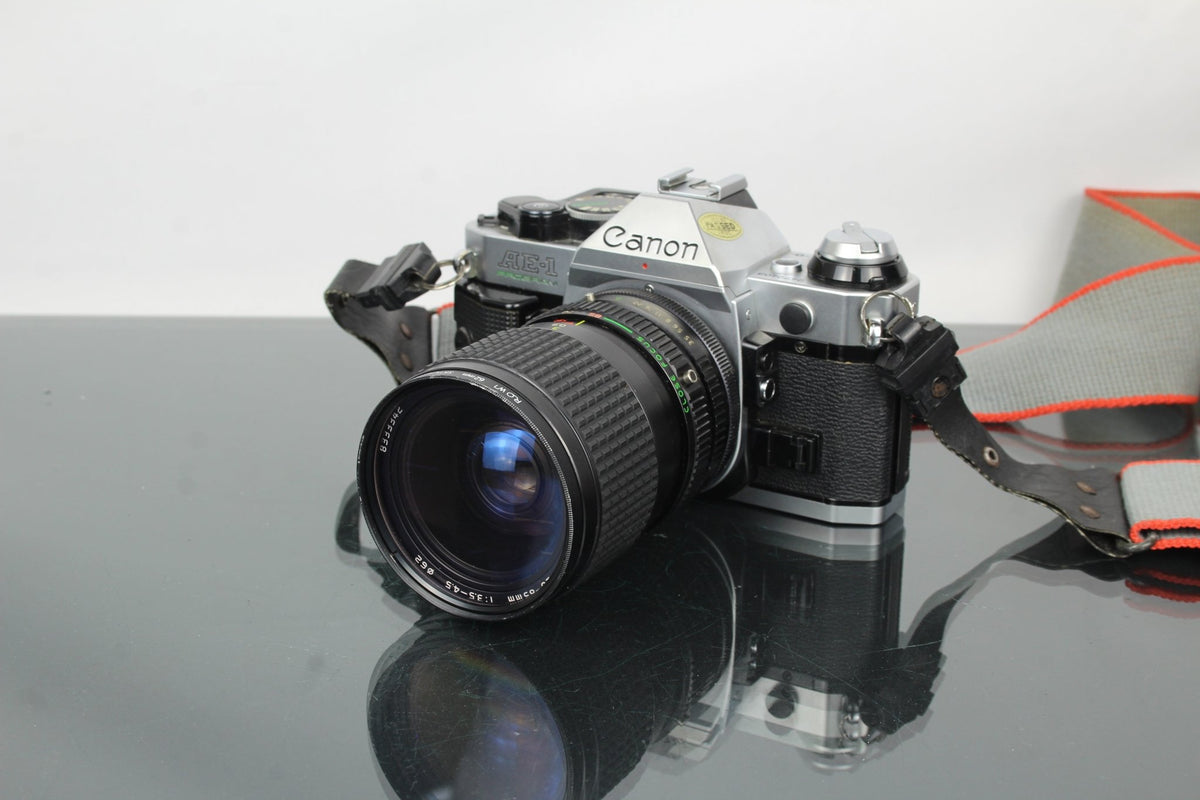
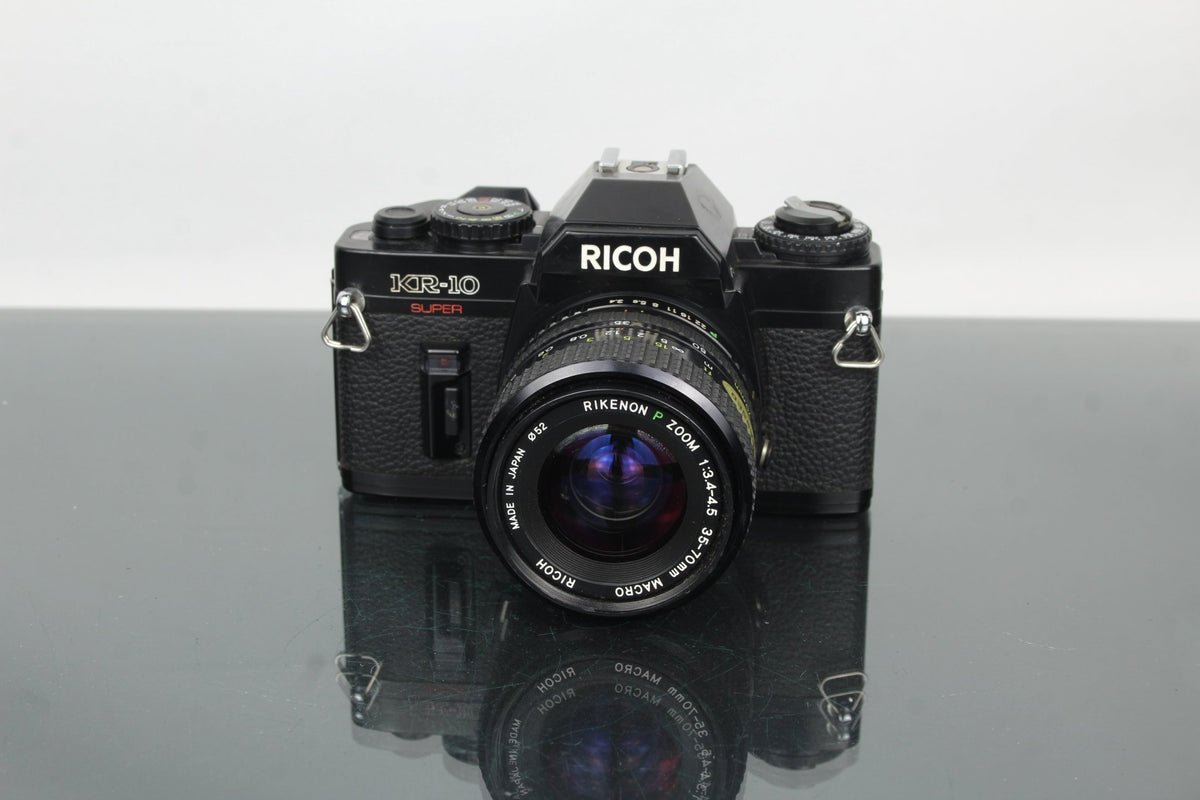
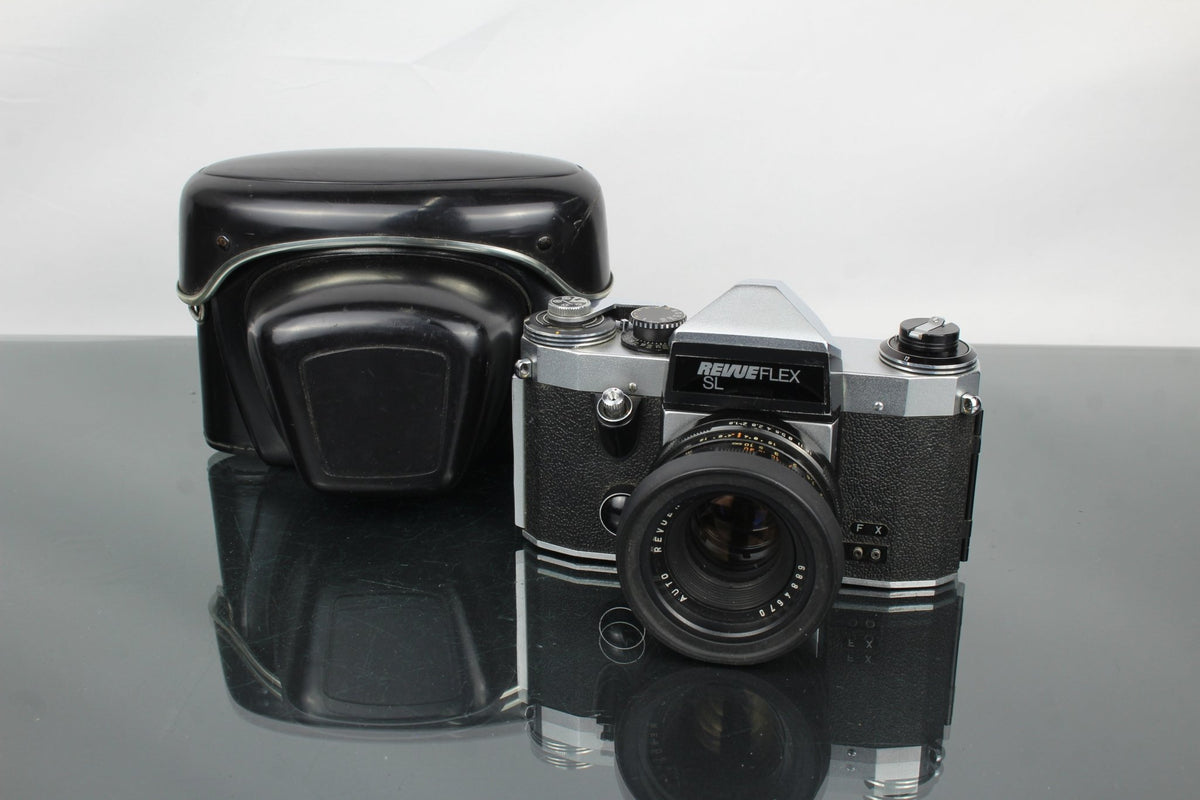





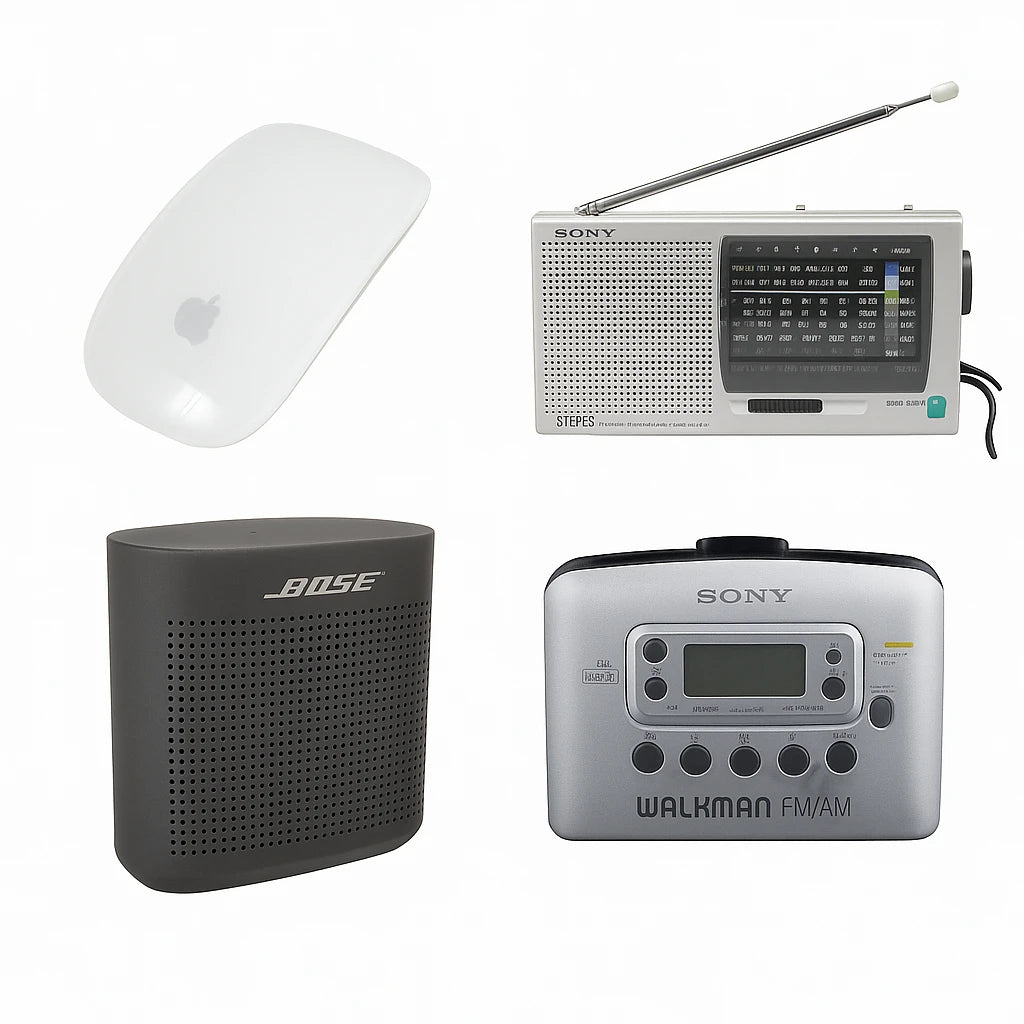
0 commentaire